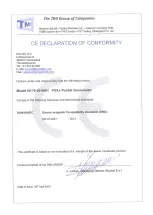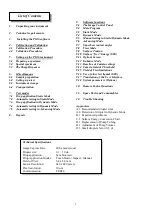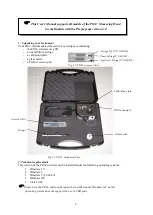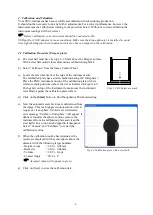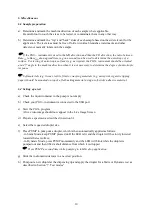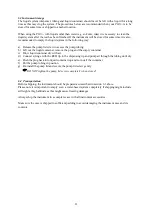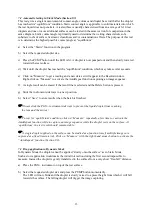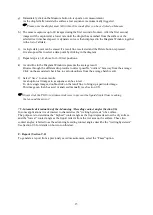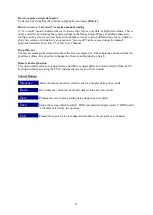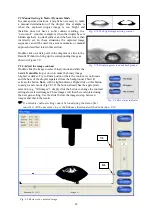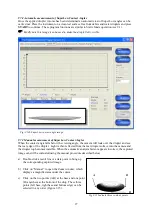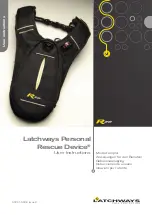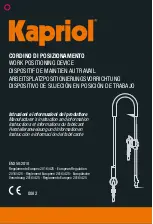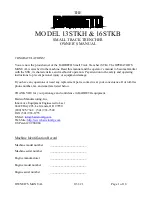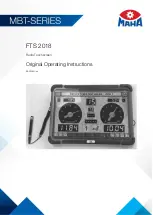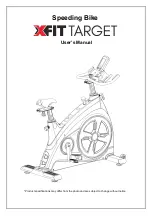
12
7. Test modes
The
PGX+
software measures contact angles on solid surfaces in Static and Dynamic mode
as described below.
7.1 Drop application in Static Mode
a)
Place the PGX+instrument on top of the test surface.
b)
Select the requested droplet size and press the PUMP button until the LED is lit.
The droplet is now pumped out and then slowly lowered towards the test surface.
To inhibit automatic drop application, press PUMP a second time while pumping is in progress.
The droplet can then be applied manually by pressing on top of the applicator.
After droplet has been applied, three different
situations may occur, which can be described as
-
A “pendant” droplet hanging at the
dispensing tip (Fig 7.2). To transfer droplet,
apply a slightly bigger droplet or move the
dispensing tip closer to the test surface.
-
A “released” droplet, (Fig 7.3)
which is immediately transferred to the
specimen upon contact with the surface.
-
A “trapped” droplet, (Fig 7.4)
which is in contact with the specimen surface
but has not released from the dispensing tip.
Move instrument to a new test position and try
using a smaller droplet size or increase distance
between dispensing tip and specimen surface.
The principle for contact angle measurements in static mode at “equilibrium” is only valid for
substrates where the test liquid does not penetrate into or reacts chemically with the specimen surface.
The substrate should also be smooth and non-porous.
It might be necessary to wait until “equilibrium” is obtained before a measurement is done.
Fig 7.1 PGX instrument on a flat test surface
Fig 7.3 Released droplet
Fig 7.4 Trapped droplet
Fig 7.2 Pendant droplet


